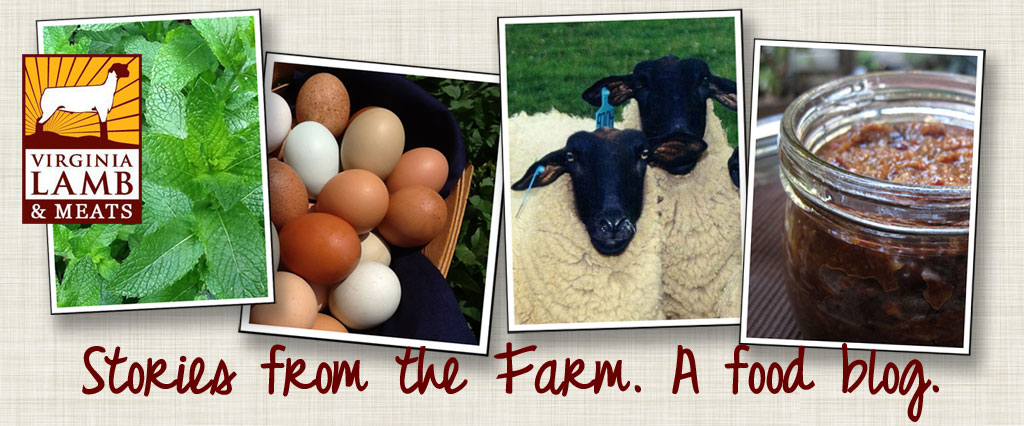There is nothing better than having pints and quarts of chicken stock in the freezer for a quick pot of soup, a pan of gravy, or for making risotto. It's easy to do and doesn't take much extra effort.
I make it regularly now for farmers markets, but it has been a regular staple in my freezer for years. Whenever you have leftover chicken carcasses put them in a ziplock bag and throw them in the freezer. When you get 2 or 3 follow the simple recipe below.
Bones from 2-3 whole chickens
1 medium onion
4 carrots peeled and cut in half
4 celery stalks cut in half
2 smashed whole garlic cloves
3-4 springs of thyme
3-4 springs of parsley
2 bay leaves
1/2 teaspoon of whole black peppercorn
Add everything to a stock pot and cover with enough cold water to completely cover chicken plus 2 additonal inches. Start on medium low heat until pot begins to steam but not boil. Reduce heat to low and let simmer for 6-8 hours or overnight.
When stock is ready, let cool slightly and then double strain to remove bones, vegetables, and herbs.
I find that I have the best flavor if I properly season the chicken before roasting and add the chicken skins to the stock pot. If you like your stock a bit darker and more intense, try roasting your chicken on a bed of vegetables and add these to the stock pot as well.
If you decide to add the chicken skin to your stock you will see an increase in fat. As a rule, I do not skim the fat off my stock before freezing. First, I think it helps to preserve the flavors of the stock while in the freezer. And second, it is much easier to remove when I take the stock out of the freezer and before it thaws.
Next time you purchase whole broilers from Virginia Lamb... remember save those bones! In no time you will have your own great tasting chicken stock in the freezer!
Enjoy!
I make it regularly now for farmers markets, but it has been a regular staple in my freezer for years. Whenever you have leftover chicken carcasses put them in a ziplock bag and throw them in the freezer. When you get 2 or 3 follow the simple recipe below.
Bones from 2-3 whole chickens
1 medium onion
4 carrots peeled and cut in half
4 celery stalks cut in half
2 smashed whole garlic cloves
3-4 springs of thyme
3-4 springs of parsley
2 bay leaves
1/2 teaspoon of whole black peppercorn
Add everything to a stock pot and cover with enough cold water to completely cover chicken plus 2 additonal inches. Start on medium low heat until pot begins to steam but not boil. Reduce heat to low and let simmer for 6-8 hours or overnight.
When stock is ready, let cool slightly and then double strain to remove bones, vegetables, and herbs.
I find that I have the best flavor if I properly season the chicken before roasting and add the chicken skins to the stock pot. If you like your stock a bit darker and more intense, try roasting your chicken on a bed of vegetables and add these to the stock pot as well.
If you decide to add the chicken skin to your stock you will see an increase in fat. As a rule, I do not skim the fat off my stock before freezing. First, I think it helps to preserve the flavors of the stock while in the freezer. And second, it is much easier to remove when I take the stock out of the freezer and before it thaws.
Next time you purchase whole broilers from Virginia Lamb... remember save those bones! In no time you will have your own great tasting chicken stock in the freezer!
Enjoy!

